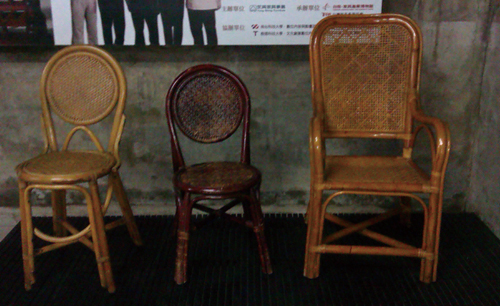Exhibition of Chairs Views Past, Present and Future
2012/01/02 | By Michelle Hsu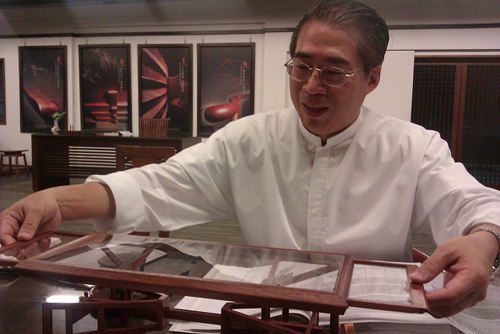
The exhibition, held Oct. 15-Nov. 30, is organized by the Taiwan Furniture Properties Association (TFPA), with Yung Shing Furniture Co., as a co-organizer, offering its decades-old factories as the exhibition venue in Tainan of southern Taiwan. The veteran hardwood furniture maker set up a furniture museum in 2005—the Furniture Manufacturing Eco-Museum in Tainan, which displays pieces from its collection alongside other pieces from specialized institutions like the National Taiwan Craft Research and Development Institute as well as other furniture companies in the exhibition.
The exhibition reviews the past and looks at the lifestyle of the next generation, as well as awakening people to the future direction of Taiwan's furniture industry, said TFPA chairman Lu Yuan-Hua, a renowned furniture designer with several masterpieces shown at the exhibition, who also believes that furniture is the cultural backdrop of different periods.
Expert Designs
Besides the pair of armchairs custom-made for the Presidential Office Building in 2002, Lu also created the notable “Couple Chairs,” a set composed of a female and male chair. Basically similar, the female chair has a slender, 8-support, concave seat back, versus the male counterpart with a wider, 10-support, convex back.
Lu's “Couple Chairs” is a modernized version of the traditional chairs that were placed side-by-side in living rooms for husbands and wives. Where the conventional chairs were identical, Lu introduced gender variations as differentiation. Launched in 2006, the “Couple Chairs” have won the G-Mark (Good Design) Award and the Golden Ax Award.
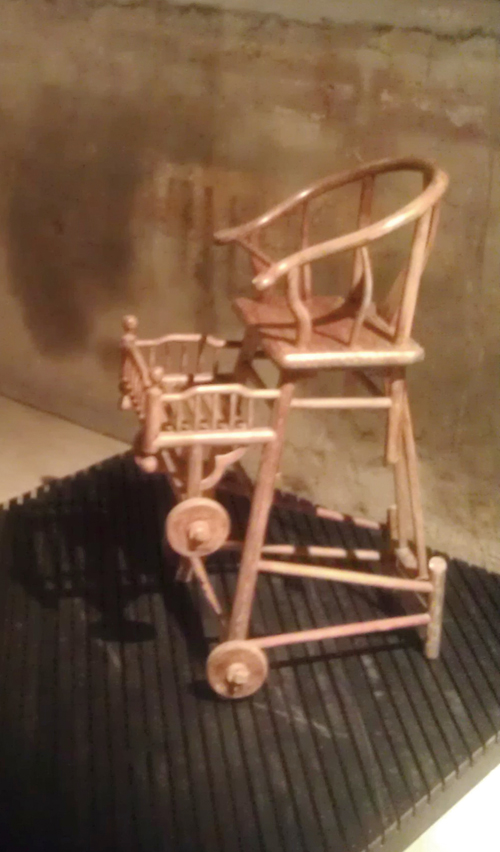
Living up to the esoteric tendency of a doctorate, Lu sees traditional Chinese furniture as unique, especially in structure and cultural content, advocating that furniture should be tools of “cultural engineering” in society, the main point he emphasized at the conference.
Antiques
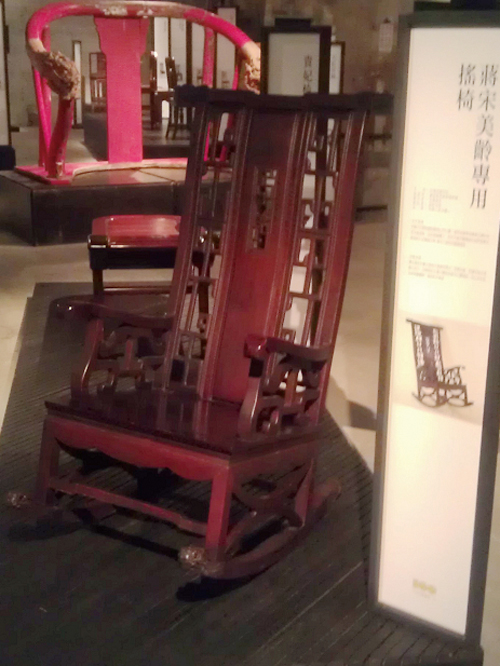
Another eye-catching piece is the multi-functional baby stroller. Made of a combination of bamboo frame, rattan seat and wooden wheels, the stroller also doubles as a high-legged baby's chair, which has a rattan stick between the two arms to ensure safety and the rattan basket as footrest, considerate designs of which symbolize wealthy families in the old days.
The toilet chair is another piece especially made for well-to-do families in the early days when flush toilets had not been invented. Wealthy families used wooden buckets as toilets that were placed inside rooms. The toilet bucket was covered by a chair, which had a skirt of wood instead of four legs as cloak.
Everyday Furnishings
A section was devoted to furnishings for ordinary people. The stool, for example, is an iconic seat that has transcended time and levels of affluence, whose popularity is attributed to lightweight, compactness and versatility. A typical Chinese stool is of wood, a circular seat and four legs buttressed by two diagonal supports. Stools remain popular today for being convenient and easily stored, though they are mostly of plastic instead of wood.
Once the most popular material for making furniture in Taiwan around five or six decades ago, rattan can be made into a variety of stools and chairs for people of all walks of life. Generally regarded as ordinary among Asians, rattan is often seen as upscale in the West, especially when designed with innovative forms, colors and matched with floral upholstery in furnishing that evokes the exotic South Pacific; while its toughness is at once flexibly comfortable.
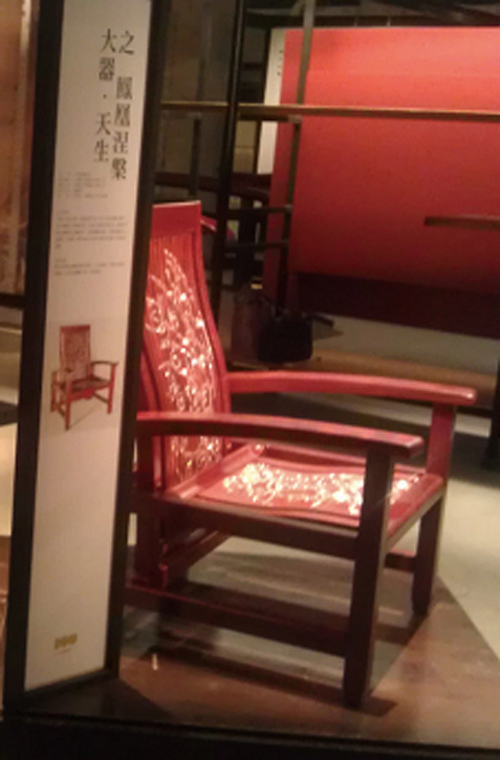
While mostly utilitarian, furniture is also the perfect medium for designers and craftsmen to show creativity and techniques, with cabinets, entertainment consoles and even kitchen equipment being designed by masters that are featured in top British consumer magazines and fetching jaw-dropping prices. Extremely ornate pieces often become collectibles, as the jumbo chair at the entrance of this exhibition is destined to be.
Part of the collection at the museum run by Yung Shing Furniture Co., this massive chair has meticulous carving all over but the seat, with the artwork mimicking temple art consisting of carved historic figures to highlight their virtues and merits.
Besides antiques, the museum also collects modern items made by Yung Shing or other companies as the “Nirvana Chairs.” Made of high quality Myanmar redwood, this chair embodies the “bling-bling” trend, with craftsmen spending over 160 hours to embed 16,000 Swarovski crystal baubles in each chair to create the image of the Chinese sacred lily that covers the chair back and seat. The designer supposedly believes users sitting on this awe-inspiring chair, a combination of smooth wood finish and sparkly crystals, would experience nirvana, hence the name.
